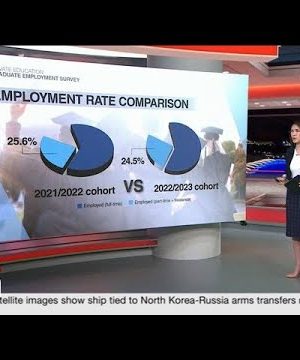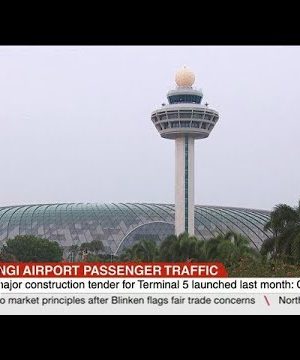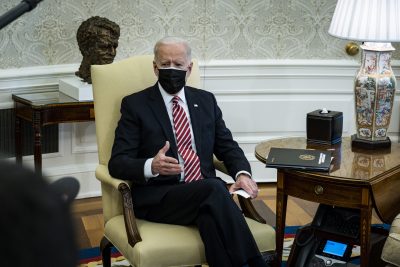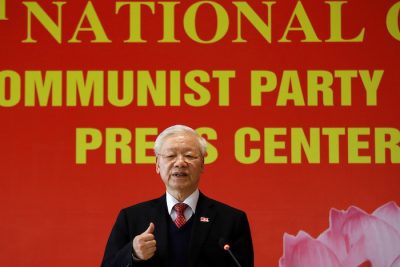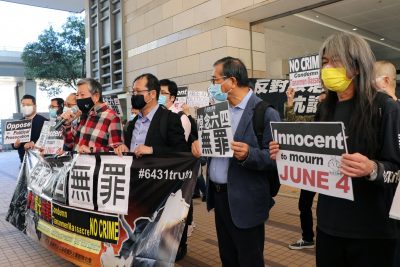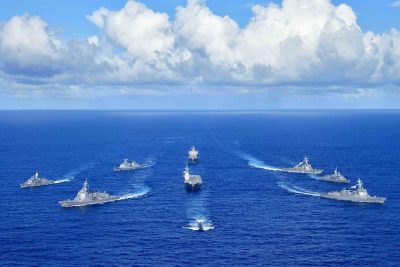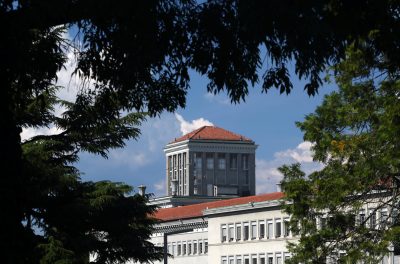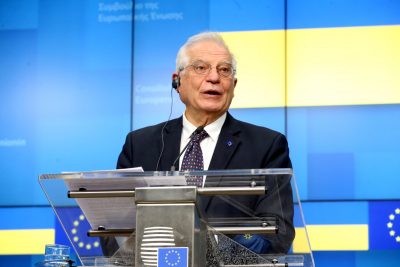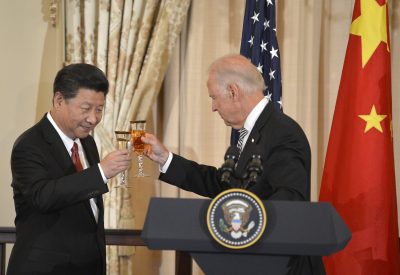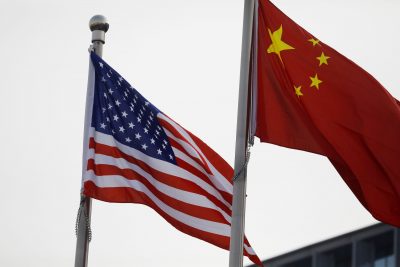Author: Vasily Kashin, Higher School of Economics
During the annual meeting of the Valdai Discussion Club in October 2019, Russian President Vladimir Putin announced that Russia and China are cooperating on developing a ballistic missile early warning system (BMEWS). Putin underscored that such cooperation demonstrates the high level of trust between the two countries.
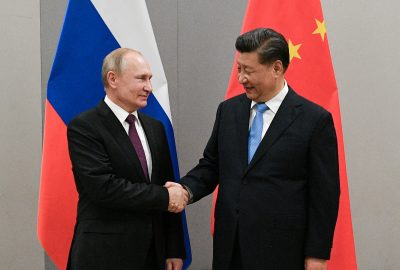
Beijing’s first efforts to develop and build a BMEWS and anti-missile defence tracking radars were undertaken as part of the abortive Project 640, an attempt to build a Chinese strategic missile defence system that ran in the 1960s–80s. Project 640 resulted in the construction of two functioning experimental radars: a type 7010 BMEWS radar and a type 110 tracking radar. Both radars were used for some time by the Chinese military.
China renewed its BMEWS development in the 2000s, using some of the experience gained from Project 640. Construction of long-range BMEWS radars started in the 2010s. Experiments with space-based ballistic missile early warning components were also renewed with the launch of test satellites.
The Chinese system does not copy any existing Russian system. But the Chinese have approached Russia for expertise in overcoming bottlenecks.
Russia–China military technical cooperation has always been rather secretive, and the level of secrecy has increased as both countries engage in more direct confrontation with the United States. So far the Russian media has identified just one contract related to the bilateral BMEWS cooperation with China. This contract is for the development of specialised BMEWS software, worth approximately US$60 million, was awarded to a leading Russian air and missile defence systems corporation.
This is likely not the only defence agreement between the two countries. BMEWS cooperation likely consists of numerous small contracts that address various problems in the Chinese system.
These systems are among the most sophisticated and sensitive areas of defence technology. The United States and Russia are the only countries which have been able to develop, build and maintain such systems. Early systems, both land and space-based, were unreliable, leading to several potentially catastrophic incidents during the Cold War after erroneous warnings of enemy attacks.
Technological assistance from Russia will help the Chinese to overcome several issues with their systems. This will decrease the probability of system malfunction, and in turn have a positive impact on global security.
Russian companies’ involvement in the development of these Chinese ballistic missile early warning systems gives them access to a great deal of data about system capabilities. This demonstrates a high level of trust and puts forward the question of possible integration of Russian and Chinese systems.
In the event of system integration, stations located in the North and the West of Russia could provide China with warning data. In turn, China could provide Russia with data collected at their Eastern and Southern stations. This would enable the two countries to create their own global missile defence network. But neither Chinese nor Russian governments have stated their intentions to do this yet.
Missile defence cooperation is in the interests of both countries’ militaries. Russia and China have conducted a number of joint computer-simulated missile defence exercises in recent years. But these only simulated the work of simpler theatre missile defence systems such as the S-400 and HQ-9 systems.
The introduction of the Countering America’s Adversaries Through Sanctions Act (CAATSA) — the US law that seeks to punish those who procure arms and defence technology from Russia — led to even greater secrecy surrounding Russia’s bilateral arms deals in recent years. Official statements have disclosed at least three new major contracts for the export of Russian arms and technology to China in 2019.
The political meaning of Putin’s statement on BMEWS cooperation extends far beyond the technical and military significance of these cooperation projects. It demonstrated to the world that the two countries are on the brink of a formal military alliance, which could be triggered if US pressure goes too far.
At the next Valdai meeting in October 2020, Putin suggested the possibility of a military alliance with China. The Chinese Ministry of Foreign Affairs’ reaction to this statement was positive but the Chinese side refrained from using the word ‘alliance’. Putin’s 2019 statement on BMEWS cooperation, however, was likely made without prior consultation with the Chinese and has caused unease in Beijing.
China–US relations have continued to deteriorate. In January 2020, outgoing US Secretary of State Mike Pompeo accused China of genocide in its Xinjiang Uyghur Autonomous Region. The accusation was later supported by Pompeo’s successor Antony Blinken.
Russia–US relations after Biden’s accession to power have had one positive development — the United States has agreed to extend the New Strategic Arms Reduction Treaty (START) for another five years. Despite this, the outlook for Russia–US relations remains bleak.
The reality of Russia–China defence cooperation is complicated. A working and effective military alliance can be formed quite quickly if the need arises. But current foreign policy strategies make such a move unlikely unless there is real and imminent danger of military conflict with the United States.
Vasily Kashin is a Senior Research Fellow in the Center for Comprehensive European and International Studies at the Higher School of Economics, Moscow.
The post Chinese–Russian ballistic missile cooperation signals deepening trust first appeared on East Asia Forum.
Source link


